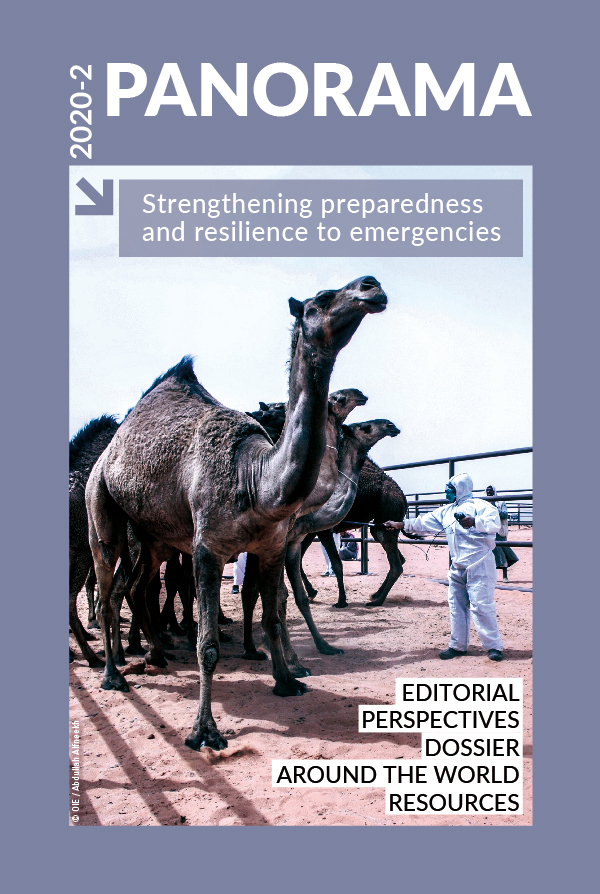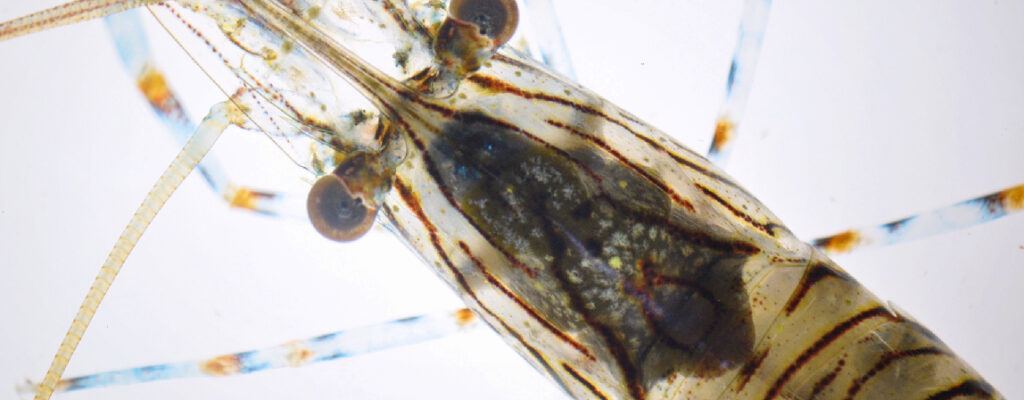Around the world Posted on 2021-03-08 08:50:41
Success stories
The Australian Emergency Animal Disease Response Agreement
Keywords
Authors
S. Kolek (1)* & S. Allan (2)
(1) Department of Agriculture, Water and the Environment, Canberra, Australia.
(2) Animal Health Australia, Canberra, Australia.
* Corresponding author: Sharon.Kolek@awe.gov.au.
The designations and denominations employed and the presentation of the material in this article do not imply the expression of any opinion whatsoever on the part of the OIE concerning the legal status of any country, territory, city or area or of its authorities, or concerning the delimitation of its frontiers and boundaries.
The views expressed in this article are solely the responsibility of the author(s). The mention of specific companies or products of manufacturers, whether or not these have been patented, does not imply that these have been endorsed or recommended by the OIE in preference to others of a similar nature that are not mentioned.
The primary intentions of the EADRA are to reduce the risk of disease incursions through biosecurity planning, and to effectively and efficiently manage the response to an outbreak, including eradication, so that the affected sectors can return to business and trade in the shortest possible time.
The main benefit of the Agreement is the ability to respond quickly and effectively to an EAD incident while minimising uncertainty over management and funding arrangements. The Agreement prescribes the animal diseases and categories of response costs that are eligible for cost sharing. These have been agreed and committed to by all parties.
In addition to the arrangements for funding a response, the EADRA also provides certainty on and collective responsibility for:
- mitigating biosecurity risks to prevent incursions
- preparedness to respond to an incursion
- decisions regarding the effective management of incursions
- training personnel involved in the incursion response.
The EADRA is part of a wider range of response arrangements that facilitate Australia’s preparedness to respond to disease incursions, including the Australian Veterinary Emergency Plan (AUSVETPLAN), and training programmes and simulation exercises to ensure that government and industry response personnel have the appropriate level of expertise and training [1].
For all diseases listed in the EADRA, there is a corresponding AUSVETPLAN response strategy, with an agreed approach to dealing with an outbreak. AUSVETPLAN comprises a series of manuals that set out the agreed national policy and guidelines for agencies and organisations involved in outbreak response. AUSVETPLAN also contains a wide variety of other resources, including operational manuals, enterprise manuals, management manuals, guidance, and resource documents.
Australia has used the EADRA, along with AUSVETPLAN, in multiple events since its ratification, and it has proven to be an essential and robust tool that supports collaborative EAD planning and response efforts. The EADRA is regularly reviewed to incorporate experiences and lessons learned from its implementation, and AUSVETPLAN manuals are also subject to a process of continuous review.
| For more information, please visit the Animal Health Australia (AHA) website |
http://dx.doi.org/10.20506/bull.2020.2.3161
References
- Animal Health Australia (2020). – Emergency Animal Disease.












